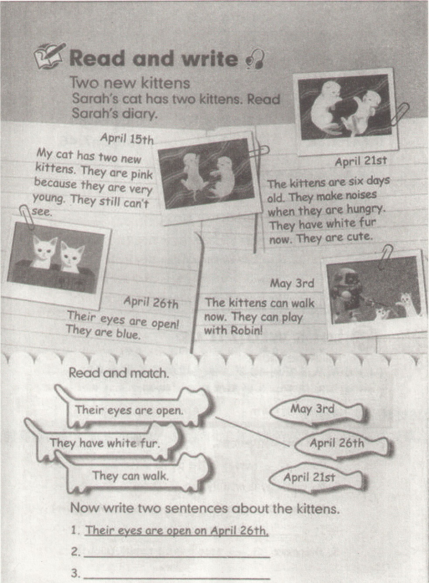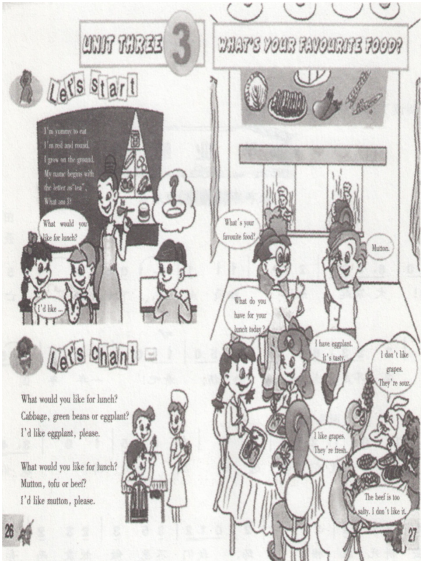第1题:
在教学中利用多媒体视频,呈现动植物的缓慢生长过程,这是一种_________直观方式。
第2题:
第3题:
多媒体教学以生动活泼、声画并茂的方式呈现阅读材料,利用多媒体的优势进行阅读教学,对学生来说,能够创造出优美的阅读情境,让学生享受到阅渎的乐趣。( )
第4题:

第5题:

第6题:
3 0 .在教学中利用多媒体视频,呈现动植物的缓慢生长过程,这是一种_________直观方式。
第7题:
第8题:
简述多媒体计算机教学的特点。
第9题:

第10题:
简述多媒体网络教室的教学模式。